Removing a tattoo is not an easy process, but it can be done naturally. In this guide, we will answer all of your questions about how to remove a tattoo naturally. We will cover the different methods that you can use, as well as the pros and cons of each method. So whether you are looking to remove a small tattoo or a large one, we have you covered!
Surgical Removal
Surgical removal is the most invasive method of tattoo removal, and it should only be considered as a last resort. The surgery involves removing the top layer of skin, which will take with it the tattoo ink. This method is very painful, and there is a risk of scarring. It is also the most expensive method of tattoo removal.
Excision: using a dermatome. The surgeon removes the thinnest layers of the epidermis and dermis with a special tool. The wound overgrows with a new tissue after a certain period, which, as it were, “creeps” from its nearest edges. This procedure is usually performed under local anesthesia.
Another way – removing the image along with a flap of the skin – is used only for linear ornaments, inscriptions, etc., if the skin above them can be taken in a fold. The doctor sews the edges of the wound with cosmetic sutures and provides the most optimal conditions for the formation of an invisible scar.
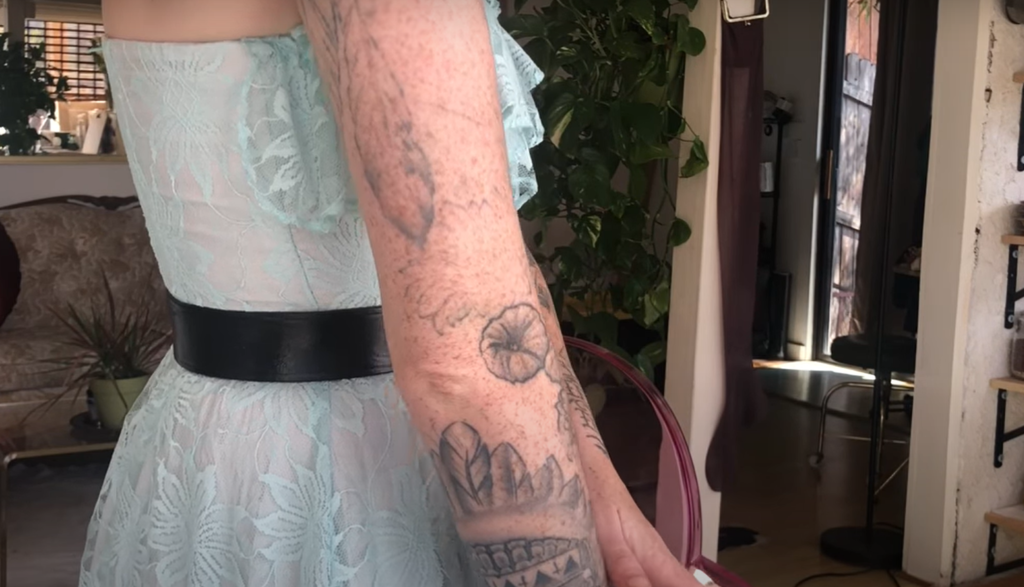
If we are talking about fairly large images, then a transplant of the epidermis (from the buttocks or thighs) will be required, but the risk of its rejection remains, the effectiveness is 70%.
Building the dermis is a long and complex process, but a positive result is achieved in 95%. It consists in the following: an incision is made next to the unwanted image, an “expander” rubber balloon is placed in it, and it is sewn up. The balloon is gradually inflated with gel, and the skin above it is forced to grow, after a few months a dermal patch of the desired size is formed. The balloon is taken out, the tattoo is cut out, the wound is closed with a flap, stitching the edges. [1]
Pros and cons of the procedure
Removing a tattoo surgically is the most effective and reliable method, but unfortunately, there are also disadvantages:
- It leaves a scar;
- Suitable for small drawings;
- Risk of tissue rejection and inflammation;
- It is impossible to accurately determine the depth of the pigment;
- Do not apply to the face, genitals, hands.
Laserless Tattoo Removal Using Salabrasion
Salabrasion is a method of tattoo removal that uses salt to remove the ink from the skin. This method is less invasive than surgery, but it is still quite painful. There is also a risk of scarring with this method.
Removing a tattoo at home will cost less to do it in a specialized center. You can also do this in your free time.It is similar to dermabrasion because it removes the top layers of the skin. Salt and water are used to remove tattoos. Salt is used to remove the top layers of the skin. containing tattoo ink. This will slowly erase the tattoo. This method will require several sessions and may hurt a little, but less than other methods.
If you are looking for a less painful and less expensive alternative to surgical removal, salabrasion might be right for you. [2]
Dermabrasion
There are several different options for tattoo removal and it can be difficult to choose the best option. However, in most cases, there are two decisive factors – the price and the pain. One of the inexpensive and proven, but radical and painful methods is dermabrasion.
Tattoos, by their nature, are meant to be permanent. However, there are many cases where a person wants to remove marks on the body made in the past. It is important to consider the fact that the price of the procedure and the pain of removing a tattoo is much bigger than the price and procedure of getting it. Be sure to keep this in mind the next time you want to visit a tattoo parlor.
Dermabrasion is a surgical technique available for removing tattoos. This method is more like sanding leather. Due to the nature of the procedure, even the most experienced doctors cannot guarantee the absence of a scar after the procedure. Sometimes the result is a scar that is even less desirable in appearance than the tattoo that has been removed. Scars appear in this case due to the fact that abrasive nozzles erase the tattoo and the skin under it. This makes the affected areas lighter than the surrounding skin and they also have a different texture. Therefore, among all tattoo removal options, dermabrasion leaves the most visible scars.
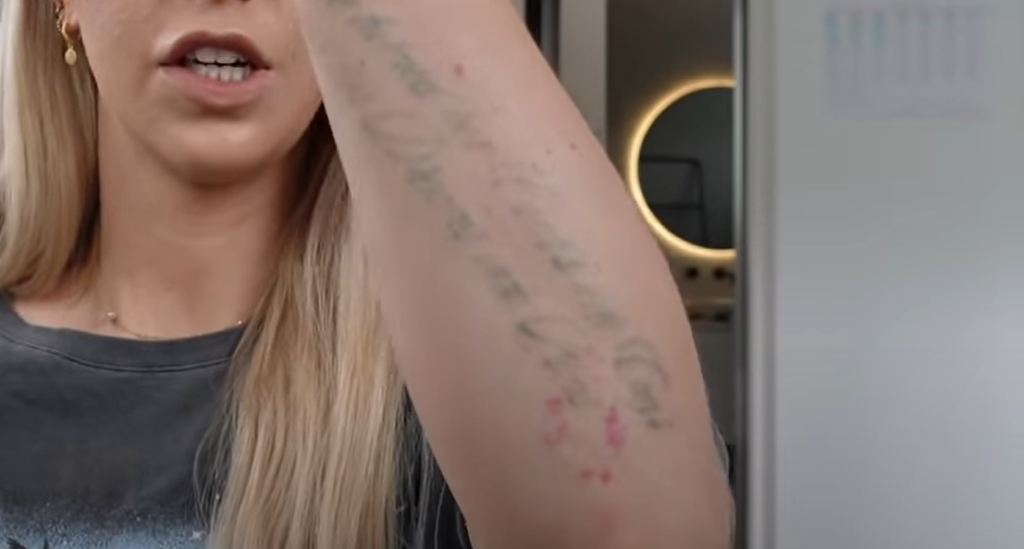
One of the oldest, proven methods, which was first used in 1950.
It leads to the appearance of smooth skin, the growth of a new layer of the epidermis.
The skin is fresher and looks younger.
Gives positive and permanent results.
Superficial, does not require invasive procedures.
An inexpensive way to remove a tattoo.
The procedure usually requires some type of anesthesia depending on the depth of the tattoo to be removed and the time needed (freezing in one way or another). The top layers of colored skin get rid of the pigment. This is achieved through materials such as sandpaper, caustic acids, and/or rapidly rotating brushes that scratch the skin. Often after dermabrasion, the patient takes a long time to recover completely. [3]
Dermabrasion as a procedure works best if the tattoo is superficial and not too deep. The most important feature of this procedure is the experience of the professional and the willingness of the patient to undergo this painful corrective treatment.
Disadvantages and risks of the procedure:
- May cause more scarring of the skin than expected;
- Leads to bleeding in the treated area;
- People with bleeding disorders and keloid scars cannot use this procedure to remove tattoos;
- A very painful process, with a tingling sensation and numbness initially;
- Sometimes whiteheads appear on the affected areas of the skin, although they disappear over time;
- Skin discoloration due to the removal of the top layer;
- High chances of infection due to the absence of the protective top layer of the skin – the epidermis;
- Steroids are often recommended as a drug for postoperative rehabilitation, and they have many side effects;
- An unpleasant sight, and the affected area heals for a long time, bruises and swelling are visible;
- Itching, burning and pain reappear continuously for almost six months;
- Full recovery takes up to six months.
The various possibilities of scarring and infection after surgery, as well as the pain of the process, have led people to seriously consider other alternatives for tattoo removal. More advanced tattoo removal procedures are a relatively painless process with a quick recovery period. Many opt for dermabrasion only when they find that laser therapy hasn’t completely removed the tattoo. Thus, it is used mainly by those who have not been able to get rid of the tattoo using other methods.
Sand Powder
This is a new method that has already gained popularity among specialists in the field of beauty and cosmetology. The main advantage of this type of tattoo removal is that it does not require any special skills or experience from the beautician. Any person who has completed a course in cosmetology can perform the procedure. The second advantage is that there are practically no contraindications for its use. And, thirdly, the rehabilitation period after sanding powder dermabrasion is much shorter than after other types of tattoo removal procedures.
The principle of operation of this technique is based on the effect of fine abrasive particles on the skin. With the help of a special device – a dermabrader – they grind the top layers of the epidermis, along with the tattoo pigment. The particles are so fine that they do not damage the deeper layers of the skin.
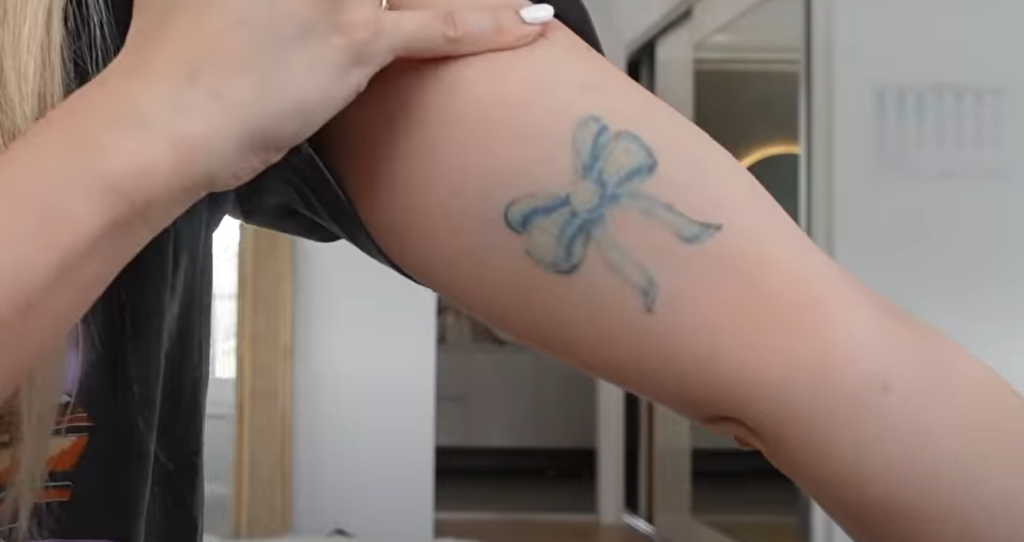
The procedure is quite simple and takes only a few minutes. First, the area to be treated is anesthetized with a special cream or gel. Then, using a dermabrader, abrasive particles are applied to the skin in a circular motion. The intensity of grinding can be adjusted depending on the depth of penetration of the pigment into the skin. After that, a soothing cream is applied to the treated area.
The main advantage of this method is its safety and effectiveness. There is no risk of infection or scarring. The procedure is practically painless and does not require anesthesia. The rehabilitation period is very short – only a few days.
Disadvantages:
The main disadvantage of sanding powder dermabrasion is that it can only be used to remove superficial tattoos. If the pigment has penetrated deeply into the skin, this method will not be effective. In addition, this type of tattoo removal is quite expensive.
If you are looking for a safe and effective way to remove a superficial tattoo, sanding powder dermabrasion may be right for you. However, if your tattoo is deep or multicolored, you may need to try another method. Be sure to consult with a qualified specialist to find out which method is best for you.
Aloe Vera Gel
Aloe vera gel is a natural option for tattoo removal. The gel from the aloe vera plant has been shown to break down ink pigments in the skin. This method is painless and there is no risk of scarring.
If you are looking for a natural and painless alternative to surgical removal, aloe vera gel might be right for you. However, keep in mind that it will take multiple sessions to remove your tattoo completely. [4]
Honey
Honey is a natural antiseptic and can be used to help remove a tattoo naturally. Apply honey to the tattooed area three times a day and cover with a bandage. Leave on for at least 30 minutes each time. After two weeks, the tattoo should start to fade.
You can also make a paste by mixing honey and baking soda. Apply this paste to the tattooed area and leave on for 30 minutes before rinsing off. Repeat this process twice a week until the tattoo has faded.
If you have a sensitive skin, test the honey or paste on a small area before applying it to the tattooed area. If you experience any irritation, discontinue use.
Honey is a natural humectant, meaning it helps keep moisture in the skin. This can help prevent the tattooed area from getting too dry and flaky as it heals.
Tattoos take time to fade away naturally, so be patient and consistent with your treatments. You should start to see results after a few weeks of treatment. Remember to protect your skin from the sun while your tattoo is healing. [5]
Using Topical Creams To Remove Tattoos Without Laser
There are a number of topical creams available that claim to remove tattoos without the need for laser surgery. These creams work by breaking down the ink pigments in the tattoo so that they can be absorbed by the body.
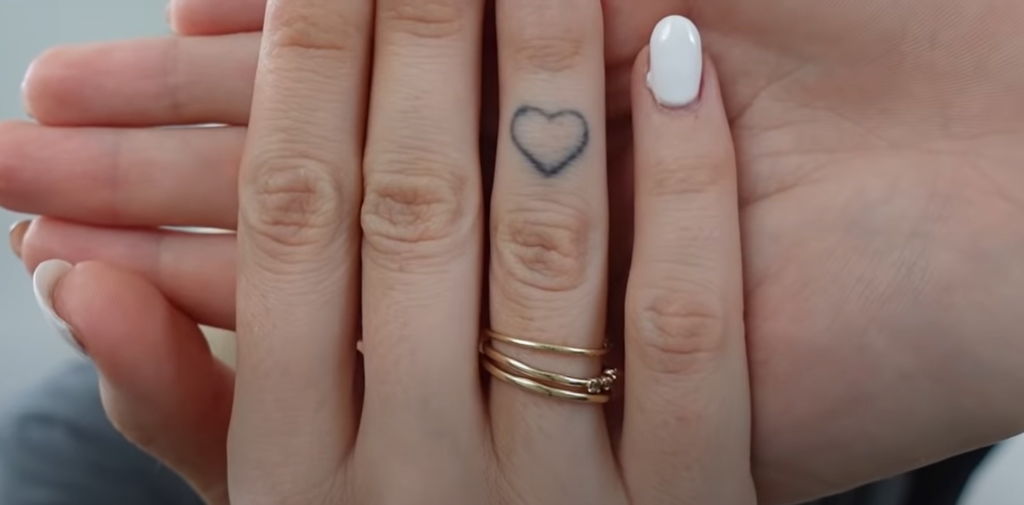
Most topical creams need to be applied multiple times a day for several weeks in order to see any results. They can also be quite expensive, so make sure you do your research before buying one.
Some people may experience skin irritation when using these creams. If this occurs, discontinue use and consult your doctor.
FAQ
Can a tattoo be completely removed?
Yes, a tattoo can be completely removed. However, it may take several treatments and some tattoos may not respond to treatment at all. If you are not seeing the results you want after a few sessions, you may need to consider other options such as laser surgery.
Tattoo removal is a slow and gradual process. It can take weeks or even months to see any significant results. Be patient and consistent with your treatments in order to see the best results. [6]
Do tattoo removal creams work?
There is no one-size-fits-all answer to this question. Some people may see success with tattoo removal creams while others will not. It depends on the cream, the type of tattoo, and your individual skin reaction.
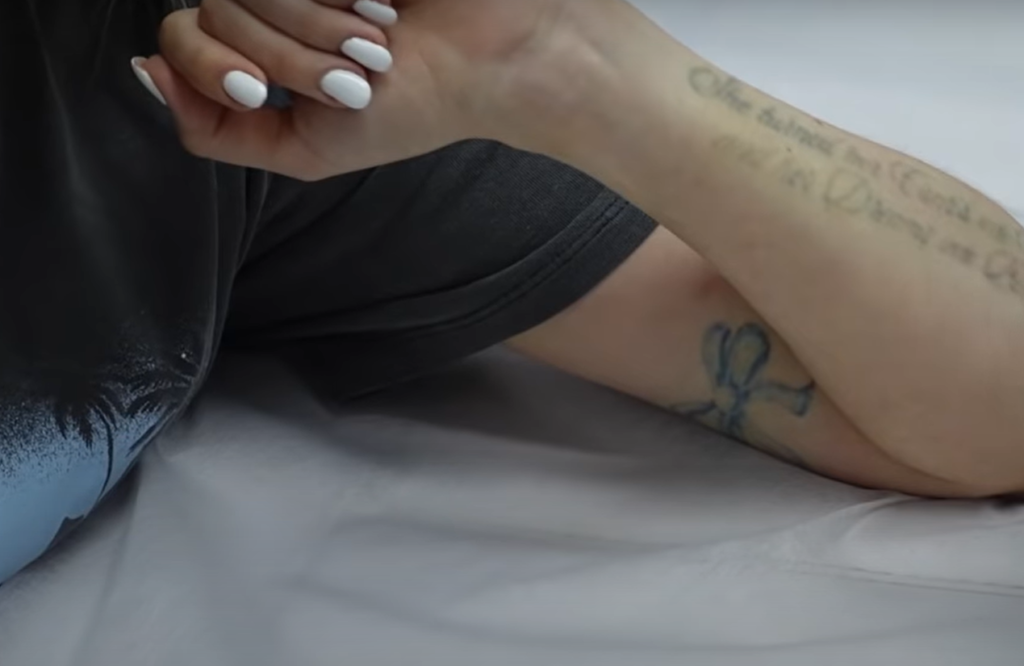
If you decide to use a tattoo removal cream, make sure you follow the instructions carefully and be patient – it may take several weeks to see any results.
Tattoo removal creams work by dissolving the tattoo’s ink pigments, allowing them to be absorbed by the body. While tattoo removal creams are not as effective as laser surgery, they can work on certain types of tattoos. Unlike surgery, laser tattoo removal is a less expensive and non-invasive way to get rid of tattoos.
Will skin bleach remove tattoos?
No, skin bleach will not remove tattoos. Skin bleaching can lighten the overall color of your skin, but it will not break down the ink pigments in your tattoo.
Bleaching your skin may also cause irritation, so it is important to test it on a small patch of skin before applying it to your tattooed area. If you experience any irritation, discontinue use.
Skin bleaching is not an effective method for removing tattoos and can actually cause more harm than good. It’s best to stick with proven methods such as tattoo removal creams or laser surgery.
Does lotion fade tattoos?
No, lotion will not fade tattoos. In fact, using lotion can actually help keep your tattoo healthy and hydrated. Lotion helps lock in moisture, which is important for healing wounds and keeping the skin supple.
If you want to fade your tattoo, you will need to use a tattoo removal cream or undergo laser surgery. These methods are much more effective than using lotion and will not cause any irritation to the skin.
Lotion is a good way to keep your tattoo healthy and hydrated, but it won’t do anything to fade it. If you want to remove your tattoo, you will need to use a more effective method such as laser surgery.
Useful Video: Home Tattoo Removal: How to REMOVE a Tattoo at Home (Painless & Without Laser) – With Before & After
Conclusion
So, there you have it – everything you need to know about how to remove a tattoo naturally. While all of the methods we’ve listed are relatively simple and straightforward, some will work better for certain people than others. We highly recommend that you try a few different remedies until you find one that works best for your skin type and the tattoo itself. Have you tried any of these methods for removing tattoos? Let us know in the comments below!
References:
- https://www.mayoclinic.org/tests-procedures/tattoo-removal/about/pac-20395105
- https://www.laserskinsolutions.co.uk/blog/2015/07/20/home-tattoo-removal-get-the-lowdown/
- https://www.plasticsurgery.org/cosmetic-procedures/tattoo-removal
- https://tattooremovalinstitute.com.au/how-to-remove-a-tattoo-naturally/
- https://www.wfxg.com/story/45342405/how-to-remove-permanent-tattoos-without-laser-treatments
- https://faceofman.com.au/can-tattoos-be-removed-completely/


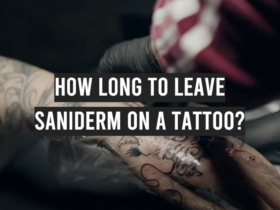
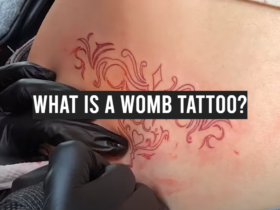

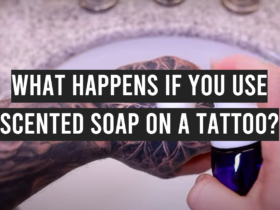
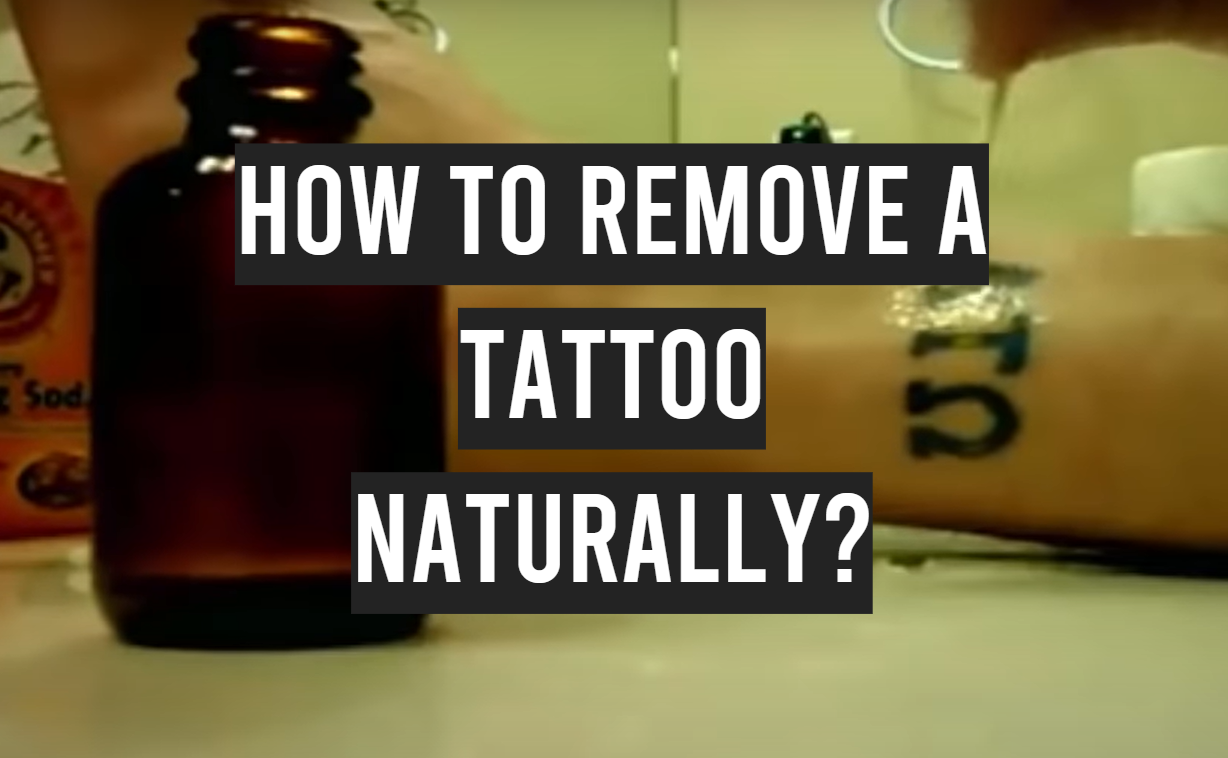

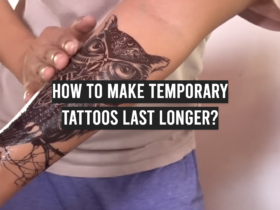

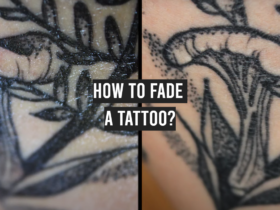
Leave a Review